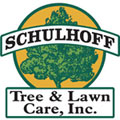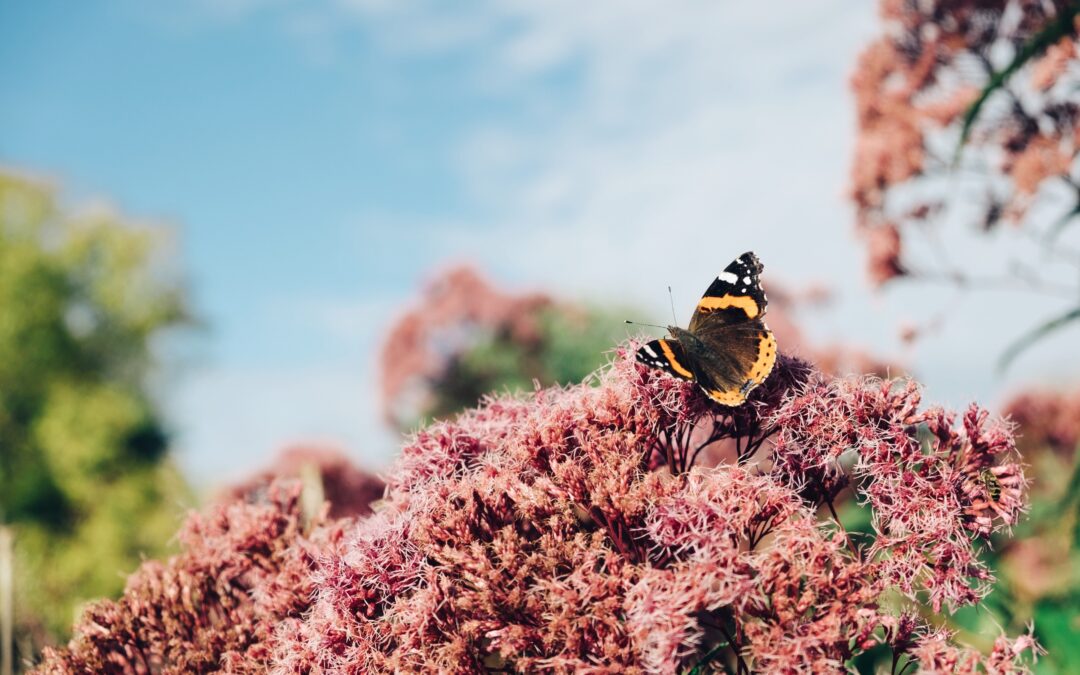A well-maintained yard offers more than a scenic landscape; it can be an ecological haven. Birds, bees, and butterflies enhance a garden’s health, vibrancy, and aesthetic appeal. And each of these creatures plays a pivotal role: pollinating plants, controlling pests, and providing a dynamic feel to the yard.
If you’re keen to make your garden a bustling hub for these creatures, here’s an extensive guide to do just that.
Remember Native Planting Is the Key
Going native is a principle that seasoned gardeners swear by. Every region has its unique plant set that has co-evolved with local fauna over countless generations. For your garden, you essentially want to recreate a familiar environment for local wildlife by choosing indigenous plants. This not only ensures a thriving garden but also promotes biodiversity and contributes to the conservation of local ecosystems.
When birds, bees, and butterflies find plants they recognize, they’re more likely to visit. For instance, milkweed, native to North America, is the primary food source for monarch butterfly caterpillars. Moreover, native plants are hardy, requiring minimal water and care since they’re accustomed to local soil and weather conditions. As an added benefit, they often resist local pests and diseases naturally.
Use Water Features for an Oasis Effect
Water attracts life. Think beyond the customary birdbath; while it’s an excellent start, diversifying water features can draw a broader range of fauna. Shallow ponds, for instance, cater to birds and attract butterflies and bees looking for a drink. Additionally, trickling streams or bubbling fountains can captivate other wildlife, such as frogs and dragonflies, creating a lively ecosystem in your garden.
If you want to use water features, ensure the water body has sloping sides so creatures can easily wade in and out without the risk of drowning. To make it more appealing, use flat stones as makeshift islands. These serve as perches for butterflies and bees. Regularly refresh the water and keep the area clean to ensure your water feature remains a vital attraction, not a breeding ground for unwanted pests.
Use Sheltered Spaces for Safety and Rest
Safety and shelter are primary requirements for most creatures. While plants provide food, they can also offer protection. Densely planted shrubs or patches of tall grasses act as sanctuaries for many animals. These dense areas offer refuge from predators and elements.
Birdhouses are another feature to consider. Different bird species have other requirements, so research or consult with a local nursery about the best designs for your area. Meanwhile, butterfly boxes and bee hotels cater to these insects, providing them with breeding grounds and resting spots. To maximize their utility, install them in serene corners, shielded from excessive human activity.
Steer Clear of Chemicals
A garden drenched in chemicals may look lush, but it’s a wasteland for beneficial fauna. While effective against pests, pesticides can be lethal to bees, butterflies, and even birds. Without these creatures, the health of your garden ecosystem takes a hit.
Instead, adopt organic gardening. Natural predators, such as ladybugs, predate harmful insects. Encouraging their presence can organically keep the pest population in check. Companion planting, where specific plants are grown in proximity to protect one another from pests, is another effective, chemical-free method.
Use Flowers in Succession
Consistency in gardening practices is paramount. Ensuring that your garden flourishes and presents blooms from the early days of spring to the waning moments of fall mean providing a consistent source of nourishment for its many visitors. To achieve this balance, carefully select a mix of annuals and perennials with staggered bloom times.
Flowers that bloom in the early spring offer vital sustenance to species waking up from their winter slumbers. On the other hand, plants that flower later in the season ensure that those same creatures have nourishment available to them until the cold of winter returns. By thoughtfully planning out the plant life in your garden, you can ensure that it is a hive of activity, alive with the hum and flutter of various creatures throughout the year.
Embrace the Wild Side
While there’s an undeniable appeal to manicured lawns and orderly gardens, a hint of wildness is incredibly inviting to wildlife. Allowing a section of your yard to adopt its natural state can create a micro-ecosystem. This small oasis can become a refuge for birds, insects, and other creatures, enhancing biodiversity right in your backyard.
You’ll be surprised at the benefits some weeds offer. Dandelions, often deemed a gardener’s bane, are a rich early nectar source for bees. Letting parts of your garden grow unbridled makes it more hospitable to various species, adding layers of depth and dynamism to your outdoor space.
As you can see, a wildlife-friendly yard is a symbiotic space. It nurtures the creatures that, in turn, enhance its health and beauty. The chirping of birds, the fluttering of butterflies, and the buzzing of bees can transform any yard into a lively, eco-rich space. By making a few mindful changes and embracing nature’s rhythm, you can foster a garden that’s beautiful and buzzing with life.
Contact our team at Schulhoff Tree & Lawn Care, Inc., to learn more about creating a vibrant and thriving space in your garden.

